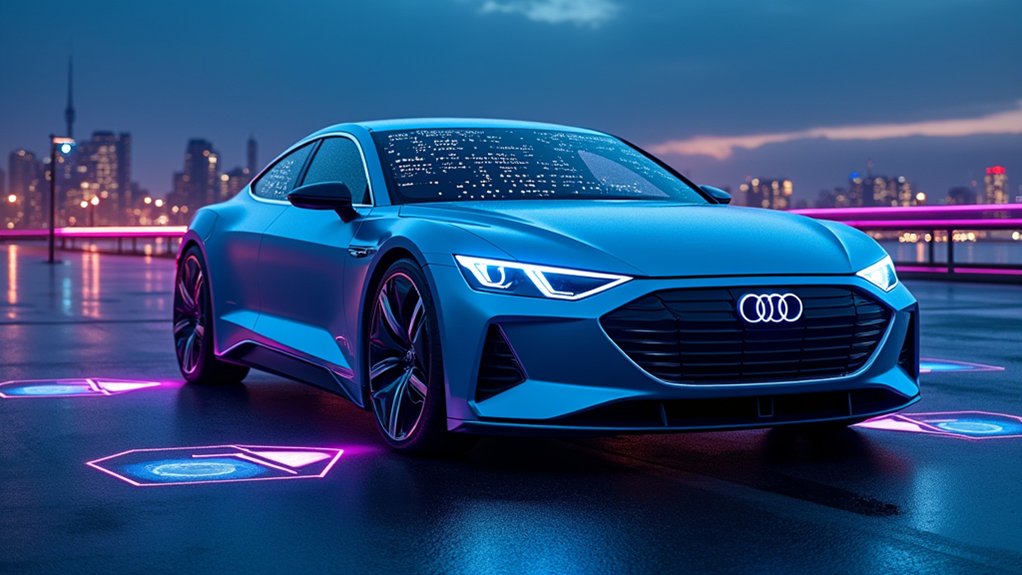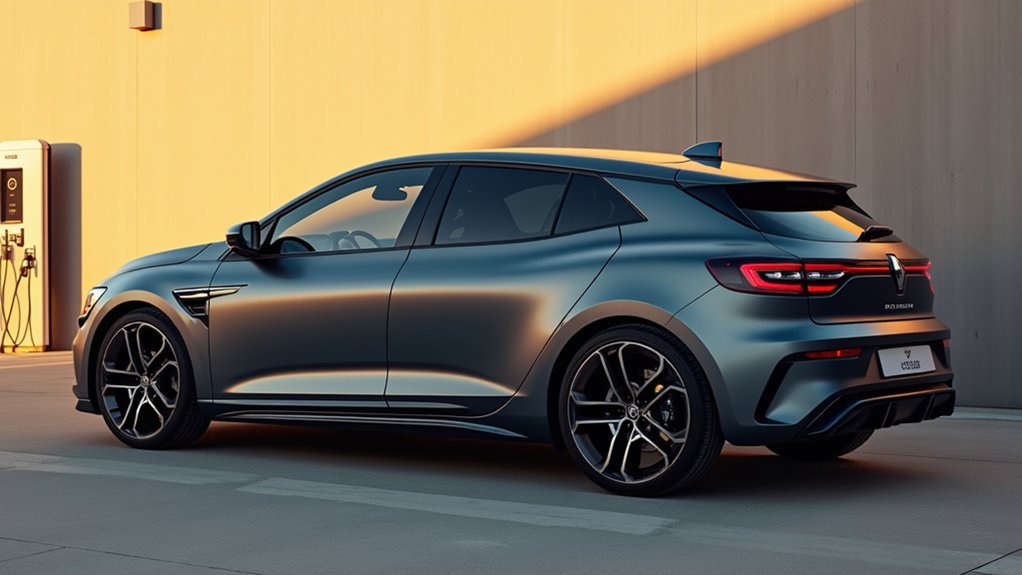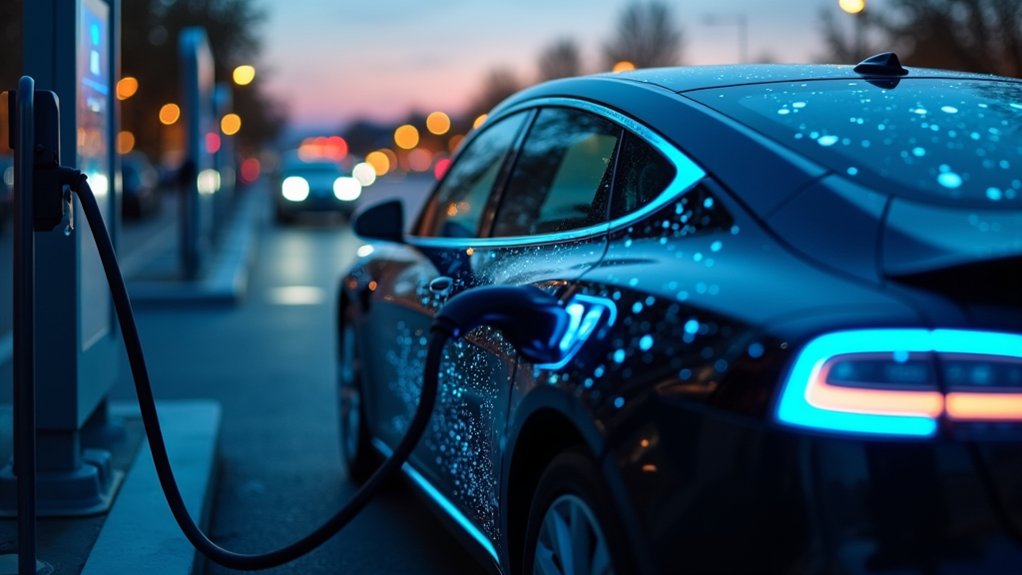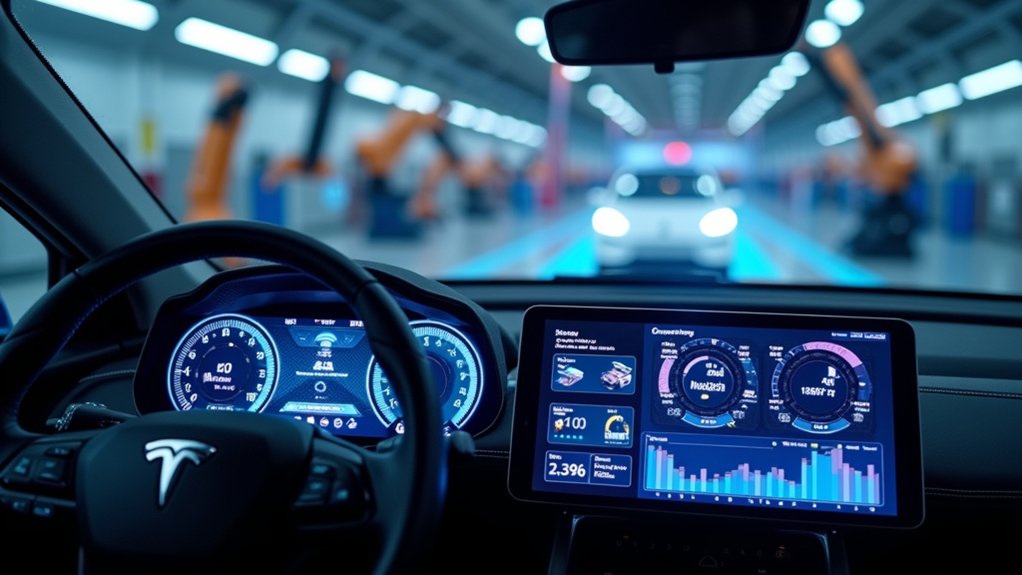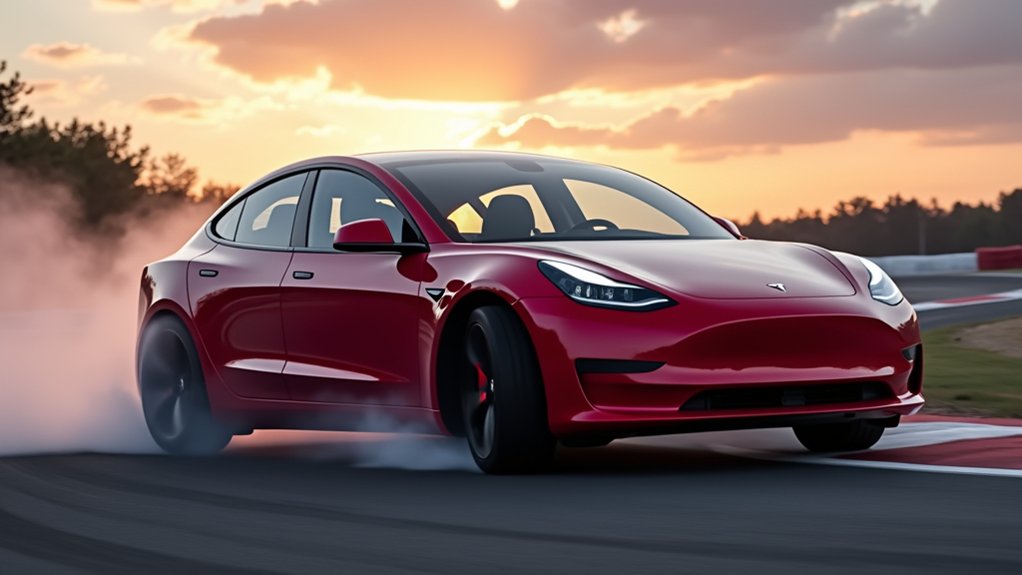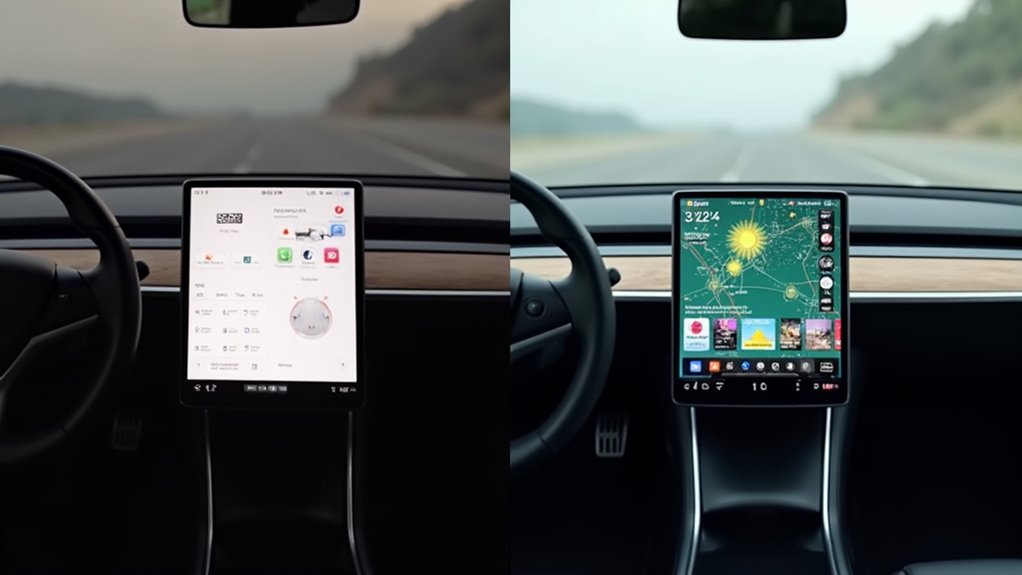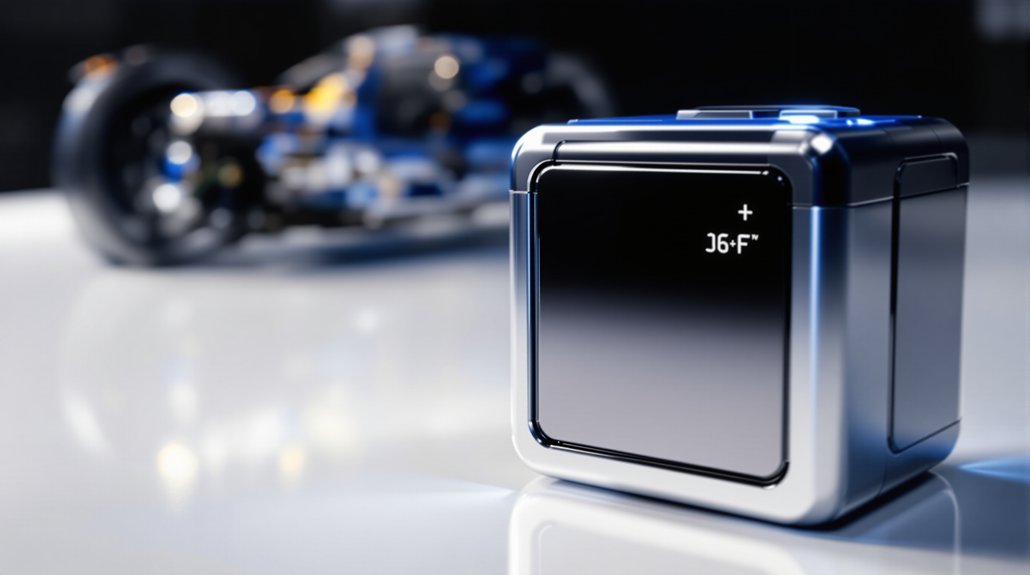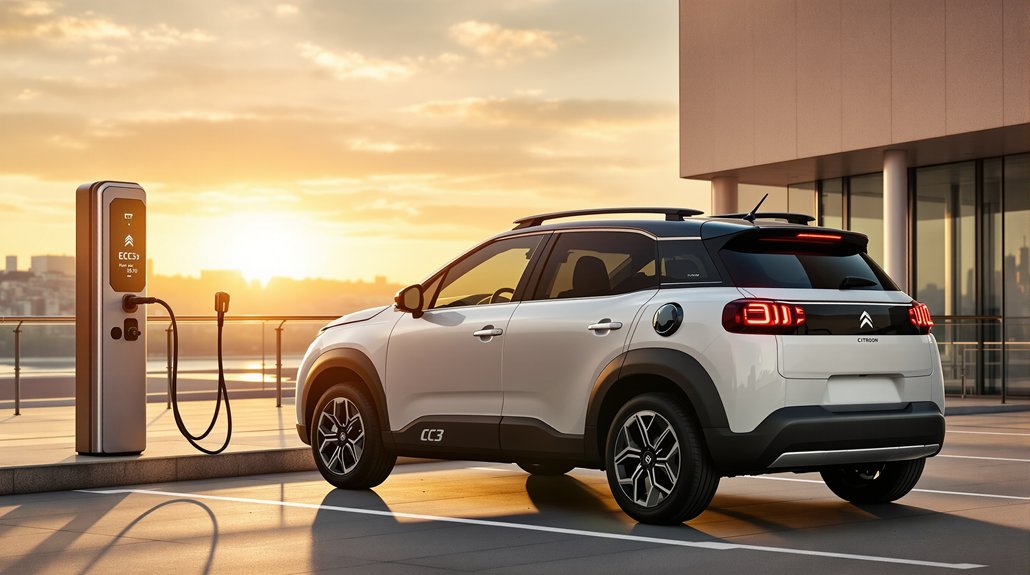While automotive innovation often progresses incrementally, Audi’s forthcoming technological revolution represents a quantum leap that will redefine luxury mobility for decades to come. The automaker’s electric vehicle portfolio, anchored by the e-tron lineup, demonstrates Audi’s commitment to sustainable mobility without compromising the performance expectations of luxury buyers. These vehicles combine zero-emission driving with the exhilarating acceleration that enthusiasts demand, all wrapped in the premium appointments Audi customers expect. The e-tron GT exemplifies this philosophy with breathtaking acceleration while maintaining environmental responsibility.
Autonomous capabilities represent perhaps the most significant paradigm shift in Audi’s technological roadmap. The AI:ME concept showcases Level 4 autonomous functions that will eventually allow occupants to disengage completely from driving tasks. Traffic Jam Pilot—already in advanced testing—relieves the monotony of congested commutes, a welcome reprieve for urban professionals. The real brilliance lies in how these systems continuously learn and adapt through artificial intelligence algorithms.
Audi’s AI:ME concept doesn’t just assist drivers—it liberates them, transforming commutes from mundane tasks into productive interludes.
Connectivity innovations have transformed Audis into rolling smart devices. UWB technology permits seamless vehicle access via smartphone or wearable, eliminating the traditional key fob. The Q6 e-tron features new hands-free unlocking capability through NXP’s Advanced Trimension UWB technology. The integration extends beyond convenience features to thorough IoT connectivity, allowing vehicles to communicate with smart home systems and infrastructure. I’ve seen similar implementations attempt this integration, but Audi’s execution demonstrates unparalleled cohesion.
The manufacturing revolution behind these vehicles deserves equal attention. AI-optimized production processes guarantee unprecedented quality control, while predictive maintenance systems minimize downtime. Sustainability initiatives include thorough battery recycling programs and carbon-neutral production goals. These batteries can last 15-20 years before requiring replacement, significantly extending the vehicle’s lifecycle value. These facilities increasingly rely on solar and renewable energy sources to power operations.
Mixed reality applications have revolutionized both customer experience and employee training. Augmented reality head-up displays project critical information directly into the driver’s field of vision, eliminating dangerous glances away from the road. The technology extends to holographic entertainment systems that transform passenger experiences during autonomous operation.
These interconnected innovations represent not mere incremental improvements but a fundamental reimagining of what an automobile can be.
